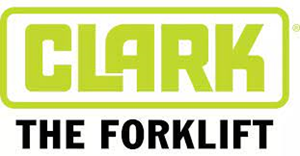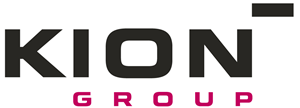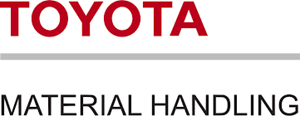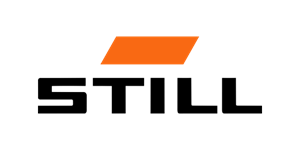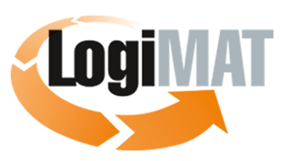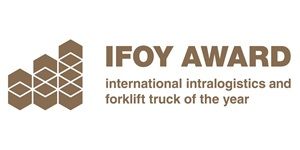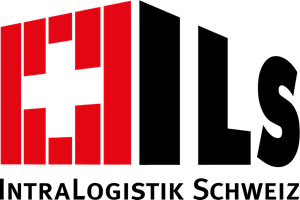WWW.LOGISTICSINNOVATION.ORG

The online magazine for Switzerland, the EU and the rest of the world

High destructive potential
October 30, 2025
As feared, the US tariffs are causing a collapse in tech exports. According to Swissmem, the resulting negative effects took full effect within seven weeks in the third quarter. Exports from the Swiss tech industry to the US plummeted by 14.2% compared to the same quarter of the previous year .
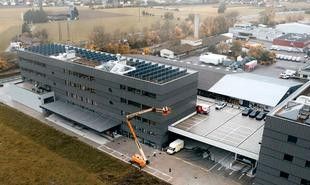
Swiss Logistics Campus in Zofingen officially opened
October 29, 2025
Numerous visitors, friends and the entire crew of the new Swiss Logistics Campus of the Swiss Association for Vocational Training in Logistics, Swiss Logistics by SVBL ASFL, found their way to the official opening of the impressive new location in Zofingen over the weekend.
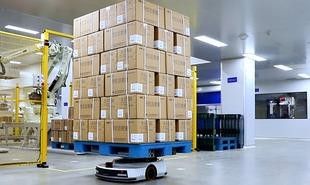
Leading in intralogistics with robots
October 29, 2025
the International Federation of Robotics' (IFR) annual report "World Robotics 2025 - Service Robots," approximately 102,900 robots for transport and logistics tasks were sold worldwide in 2024. Sales increased by 14 percent in 2024. More than three-quarters came from Asia, and 11 percent from Europe.
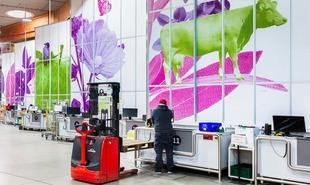
"Organic" combined with high tech
October 29, 2025
High-tech and products processed from natural ingredients are not mutually exclusive. "Organic" does n't mean everything is done manually, but rather that it adheres to high ecological standards. This is also true for the organic wholesaler Weiling, where an AutoStore system has recently enabled peak logistical performance.
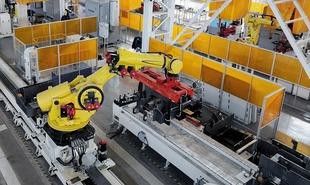
Ready for the "Great Leap"
October 28, 2025
Founded in Xuzhou in 1943, the Xuzhou Construction Machinery Group (XCMG) generates approximately €13 billion in revenue with 13,000 employees worldwide. Its portfolio includes construction machinery, cranes, commercial vehicles, and a growing range of material handling equipment and port handling machinery.
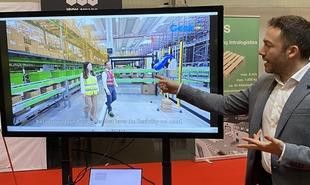
Completely unmanned logistics?
October 28, 2025
Warehouse robotics specialist Geekplus is launching its new picking station "Geek+ Brain," ushering in a new era of warehouses operating entirely without human workers. CEO Yong Zheng " a major step from partial automation to full process intelligence . "
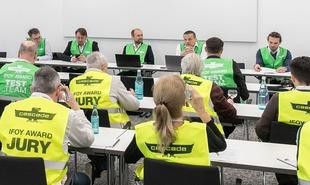
Start of the IFOY countdown
October 28, 2025
Applications for the IFOY Award 2026 are still open. The submission period is now in its submit products and systems for the prestigious award until October 30th
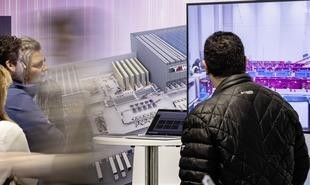
55 percent more orders
October 24, 2025
Revenue of the intralogistics specialist TGW, which plans, builds, and maintains highly automated logistics centers, slightly exceeded the previous year's all-time high of €1.07 billion in the 2024/2025 fiscal year . Order intake reached €1.5 billion, and the number of employees rose to 4,645.
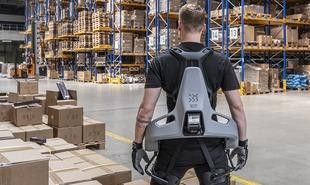
With brains on the spot
October 24, 2025
Robotics provider German Bionic is presenting a new AI-assisted exoskeleton called "Exia" at this year's A+A – the world's leading trade fair for occupational health, safety, and ergonomics. According to the company, this is the world's first exoskeleton controlled by augmented AI with high levels of comprehension.
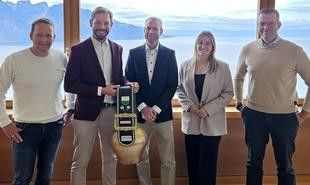
Train protection at Rochers-de-Naye
October 23, 2025
Transports Montreux-Vevey-Riviera (MVR) is modernizing its railway infrastructure on the line connecting Montreux to Rochers-de-Naye, offering spectacular views of the Vaud Alps and Lake Geneva, using Stadler's CBTC signaling technology.
Delivering on difficult terrain
WAGNER Switzerland AG
Delivering on difficult terrain
June 14, 2023
The German Aerospace Center (DLR) has investigated how remote-controlled trucks can support humanitarian missions. The project, along with innovative lime energy storage systems and completely emission-free vehicles, will be presented at a greentech festival in Berlin.
The focus of the festival, which takes place from June 14 to 16 on the site of the former Tegel Airport, is on green and sustainable developments. At the DLR booth, visitors can experience innovative lime-based energy storage systems, the ZEDU-1, the "most environmentally friendly car in the world," and the remote-controlled vehicle concept AHEAD (Autonomous Humanitarian Emergency Aid Devices).
A team from the DLR Institute of Engineering Thermodynamics, together with the University of Stuttgart, is working on how buildings can be heated in a climate-neutral way using heat storage made of burnt lime. The researchers are currently testing a pilot plant and are deploying this technology for the first time on a larger scale outside the laboratory. To generate heat, lime storage systems utilize the chemical reaction between burnt lime and water. When the two substances react, temperatures of over 100 degrees Celsius can arise. The heating output can be regulated by the amount of lime and water.
Energy could thus be chemically "stored" in lime for months. An exhibit at the DLR stand explains exactly how this works.
Photos: DLR
Electric drives with batteries and fuel cells are at the forefront of the path to environmentally and climate-friendly road transport. However, they do not yet enable completely emission-free driving. This is because wear and tear from brakes and tires produces particulate matter and microplastics. With the ZEDU-1 (Zero Emission Drive Unit – Generation 1) prototype, the DLR, together with the automotive company HWA, has developed and tested a completely emission-free road vehicle.
Instead of a conventional disc brake, the vehicle has a so-called multi-disk brake. This is not built into the wheel, but is integrated into the electric motor as a closed unit. Thanks to the specially developed high-performance electronics, braking energy is almost completely recovered. The researchers used the freed-up space for another innovation: the ZEDU's closed wheel arch is aerodynamically designed to create a vacuum when driving. This causes tire wear to collect in a specific location. A fan unit in the front of the vehicle extracts the particles and sends them through a filter system – similar to a vacuum cleaner. Only purified air exits the vehicle.
During initial test drives at a speed of 50 kilometers per hour, no tire wear was released into the environment. At higher speeds, it was reduced by 70 to 80 percent compared to conventional road vehicles. This prototype will also be on display at the Greentech Festival.
Vehicles transporting relief supplies often travel over difficult terrain. They sometimes have to cross regions that pose risks for drivers, including those caused by disease, animal attacks, or even flooding. These risks are difficult to estimate in advance, especially in areas rarely visited by humans. In the AHEAD (Autonomous Humanitarian Emergency Aid Devices) project, scientists from the DLR Institute of Robotics and Mechatronics, along with a consortium of other DLR institutes and technology partners, investigated how trucks can be remotely controlled and transport relief supplies safely to their destinations without human crew.
On this project, DLR collaborated with the United Nations World Food Programme (WFP). The team developed a concept for robotic, remote-controlled vehicles to cross a regionally flooded stretch of road in South Sudan. This concept utilized SHERP vehicles, which the WFP already uses. These off-road vehicles can navigate any terrain, even in water or swamps. They can overcome climbing obstacles up to one meter high. The researchers equipped the vehicles with several sensors to control them remotely. The system was successfully tested at the DLR site in Oberpfaffenhofen at the end of 2022.
